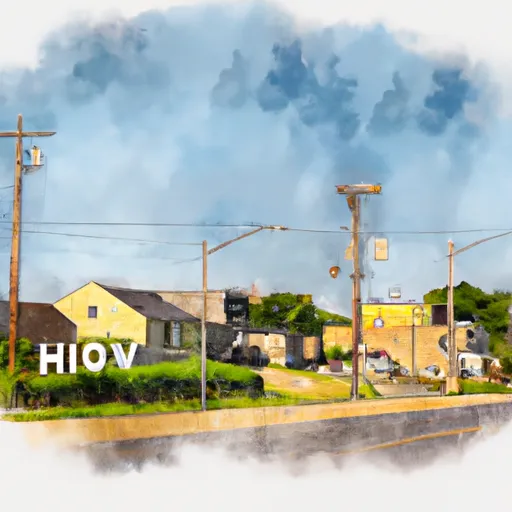°F
°F
mph
Windspeed
%
Humidity











Nichols, Iowa is a small town located in Muscatine County. The climate in Nichols is typically characterized by hot summers and cold winters. Summers are pleasant with temperatures averaging in the mid to high 80s Fahrenheit, while winters can be chilly with temperatures dropping below freezing.
The town of Nichols lies near the Cedar River, which influences its hydrology constituents. The river provides a source of water for the town and supports various recreational activities such as fishing and boating.
In terms of outdoor recreation opportunities, Nichols offers several options for residents and visitors. The nearby Cedar River provides opportunities for fishing enthusiasts, with a variety of fish species available. The river also offers scenic opportunities for boating and kayaking. Additionally, Nichols is surrounded by beautiful countryside, making it an appealing location for activities such as hiking, biking, and bird-watching.
Weather Forecast
Nichols receives approximately 932mm of rain per year, with humidity levels near 79% and air temperatures averaging around 11°C. Nichols has a plant hardyness factor of 5, meaning plants and agriculture in this region thrive during a short period during spring and early summer. Most plants will die off during the colder winter months.
Regional Streamflow Levels
48,600
Cubic Feet Per Second
386
Cubic Feet Per Second
3,220
Cubic Feet Per Second
50,400
Cubic Feet Per Second
Nearby Camping
| Camping Area | Reservations | Toilets | Showers |
|---|---|---|---|
| Oak Grove City Park | |||
| Riverfront RV Park | |||
| Poverty Point Reservoir State Park | |||
| Warfield Point Park | |||
| Lake Chicot State Park | |||
| Merrisach Lake Park - Merrisach Lake |



